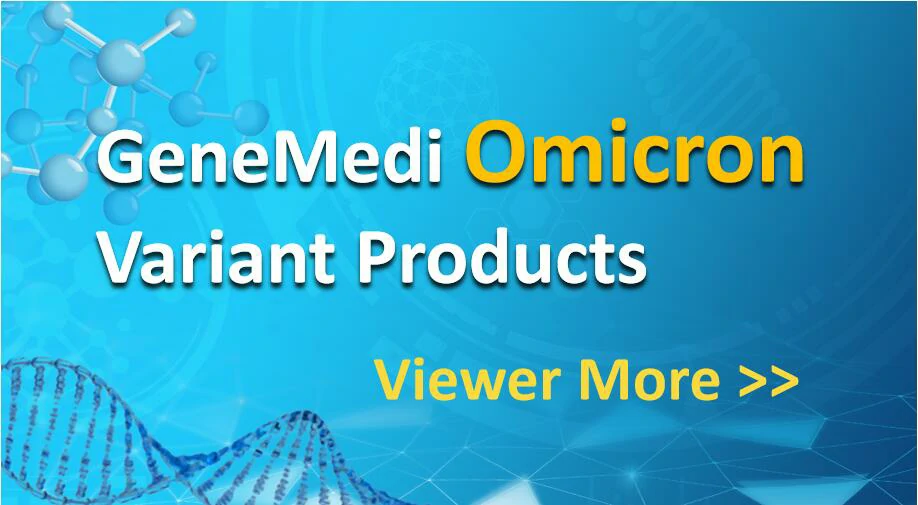Virus like particles (VLP) for drug delivery VLPs are striking agent to deliver drugs, small molecules or nucleic acids due to their biocompatibility, biodegradability and targeted delivery. Different cargo-loading techniques have been used for loading either inside or outside the capsid. Different packaging system has been shown in fig. 2. Disassembly/reassembly of VLPs or in […]
Category Archives: add
Human endogenous retroviral envelope protein HERV-W-Env neutralizing antibodies (NAb) Temelimab (formerly called GNbAC1) is an immunoglobulin (Ig) G4 monoclonal antibody that targets the human endogenous retroviral envelope protein HERV-W-Env, shown to be associated with the pathogenesis of certain autoimmune disorders such as multiple sclerosis (MS) and type 1 diabetes mellitus (T1D). By neutralizing HERV-W-Env, temelimab […]
A transmembrane protein (TM) is an integral membrane protein, which are embedded in the cell membrane. The transmembrane region, which directly interacts with the phospholipid bilayer and act as gateways to transport of specific substances across the membrane through signal pathways and cell metabolism. They regularly endure significant conformational changes to move a substance through the membrane. TM are highly hydrophobic, which aggregate […]
Human cytomegalovirus (HCMV) neutralizing antibodies (NAb) Human cytomegalovirus (HCMV) causes life-threatening illness in immunosuppressed patients. HCMV envelope proteins viz. glycoprotein B (gB), gH, gL, gO and UL128/UL130/UL131A are essential for the fusion of virus with the host plasma membranes to enter into the host cell. The gB protein is the direct mediator of cell fusion […]
Structure of capsid proteins is important to stimulate the immune response and it is depended on the post translational modification of different expression systems. The various expression systems such as prokaryotic (bacteria, yeast) or eukaryotic (baculovirus/insect cell, mammalian cell and plant) have been used to produce the VLP. In addition, cell-free expression systems have also […]
Influenza virus neutralizing Influenza is a transmissible acute respiratory disease caused by the influenza virus. The glycoprotein, hemagglutinin (HA) of influenza virus plays an important role during the viral infection. It helps the virus to bind the cell surface receptors, and transfer the genetic materials into the host cytoplasm through fusion. The neutralizing antibodies against […]
Zaire Ebola virus neutralizing antibodies (NAb) Zaire Ebola virus belongs to the family Filoviridae, which are highly lethal and it outbreaks since emerging in 1967, including a sustained epidemic in West Africa from 2013 to 2015. Zaire Ebolavirus (EBOV) glycoprotein (GP) is now the key target of antibodies. GP is composed of ectodomain GP1 and a trans-membrane […]
There are so many payloads, like MMAE, Calicheamicin, MMAF, DM1, SN-38 and Dxd. Microtubule destroying drug 1. Calendula Auristatins is an important payload used in ADC. The most famous family member MMAE exists in two listed drugs, adcetris and Polivy. At present, more than 10 kinds of ADCs with calendula (such as MMAE) or methylcalendula […]
Table2. Chemical triggers Conjugate linker is not only the molecular part forming covalent connection between antibody and small molecule payload, but also the key element with design properties in targeted drug therapy. The addition of linkers should not induce aggregation, and it is necessary to ensure acceptable PK characteristics, limit the premature release (stability) of […]
1. Mylotarg® (gemtuzumab ozogamicin) from Wyeth/Pfizer was the first ADC to reach the market. It is composed of a recombinant humanized anti-CD33 mAb (IgG4κ antibody hP67.6) covalently attached to a calicheamicin derived payload (N-acetyl-γ-calicheamicin 1,2-dimethyl hydrazine dichloride) via a pH-sensitive hydrazone linker. 2. Adcetris® (brentuximab vedotin) from Seagen (formerly Seattle Genetics), containing a CD30-specific mAb conjugated to […]




